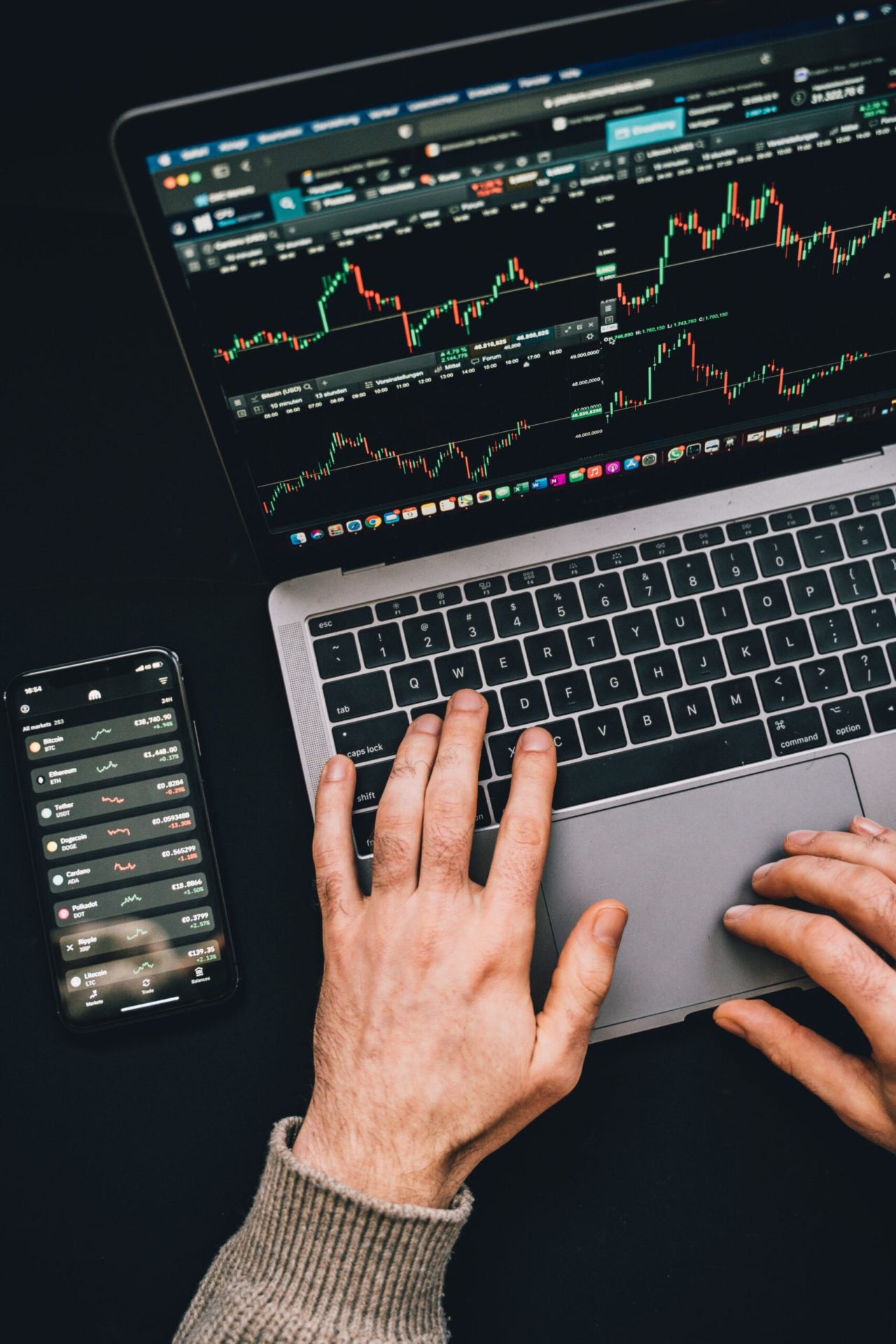Intro
FTX was the darling of cryptocurrency exchanges, with founder Sam Bankman-Fried being celebrated as a visionary leader. Yet in just a few days, FTX collapsed completely, losing $8bn of customers’ money. Some of this was recovered, but the event is unprecedented in scale, and there are still a number of unanswered questions regarding how everything went wrong, and where the “missing” money is.
How could this have happened?
There are multiple theories, not to mention several ongoing investigations, into how exactly a well-known company could almost inexplicably lose so much money so quickly. There is still much that is not known or is slowly coming to light. The following is based on what we do know so far.
Risky bets in a related company
FTX was affiliated with another company called Alameda Research, a cryptocurrency trading firm, co-founded by Sam Bankman-Fried and Tara Mac Aulay. The firm specialized in strategies such as arbitrage, market making, yield farming, and trading volatility – all within the world of crypto.
With Alameda suffering a series of losses, FTX allegedly propped up the company. In what Bankman-Fried described as a “poor judgment call”, it has been reported that FTX had lent more than half of its customers’ funds to Alameda.
In a series of intertwined and dubious valuations, Alameda held a large quantity of FTT (the FTX token – or digital unit of currency) as an asset on its books and allegedly used it to create trading volume and liquidity for the FTX platform.
Once the FTX house of cards started falling down, Alameda was essentially wiped out.
An interlinked and fragile ecosystem
A rush on the TerraUSD cryptocurrency caused a crypto market crash, with massive knock-on effects that hit FTX particularly hard. TerraUSD was supposed to be a stablecoin (linked to the US dollar).
As Time magazine politely puts it, “Terra’s rapid rise and fall can be difficult to explain succinctly without any prior knowledge of the blockchain. In fact, many of its boosters hid behind obfuscation and jargon to rebut some of its obvious flaws.” The article continues by describing Terra’s UST stablecoin: “Some stablecoins derive their value from being fully backed by reserves: if investors decide they ever want out, the stablecoin’s foundation should theoretically have enough cash on hand to repay all of them at once. UST, on the other hand, is an algorithmic stablecoin, which relies upon code, constant market activity, and sheer belief in order to keep its peg to the dollar.”
With Terra crashing, Bitcoin was dragged down, and the entire crypto market experienced what has been called a “crypto winter.” This directly impacted FTX, as Alameda was called upon to repay loans, causing the liquidity crunch.
Complete lack of accounting
The accounting and record-keeping of FTX have been the subject of ridicule in many quarters.
One such example is when FTX executives allegedly created a folder called “Our Korean friend’s account” to which $8bn in liabilities was transferred, erasing this entry from the company’s books.
Another claim is that Bankman-Fried created a “backdoor” in FTX’s book-keeping system, which enabled him to “execute commands that could alter the company’s financial records without alerting other people, including external auditors.”
Poor corporate governance
Reuters also reported that “the movement of the $10 billion in funds to Alameda did not trigger internal compliance or accounting red flags at FTX” and that “At the heart of FTX’s problems were losses at Alameda that most FTX executives did not know about.”
The most damning evidence has been that from John Ray III, brought in as FTX CEO to try and recover creditors’ and customers’ money from the doomed platform. Ray highlighted the “absolute concentration of control in the hands of a small group of grossly inexperienced and unsophisticated individuals who failed to implement virtually any of the systems or controls that are necessary for a company entrusted with other people’s money or assets.”
He further wrote about “an utter failure of corporate controls at every level of an organization, from the lack of financial statements to a complete failure of any internal controls or governance whatsoever.”
Steps the industry is taking to prevent similar incidents in the future
First off, there is a clamor among lawmakers to more tightly regulate crypto in general. While there is general agreement that regulation is required, how this should look is a subject of much debate, and is delaying the process of regulation.
Some critics claim that the crypto world is inherently open to fraud and misconduct; others say that the lack of regulation is what has led to this situation and that it can be remedied.
The obvious step to improve accounting, accountability, record-keeping, transparency, and trust in the system, would be for cryptocurrencies to be audited. Again, there are nuances to this story, but there’s no question that properly audited crypto firms would be a game-changer in mass crypto adoption.
The answer to the cryptocurrency audit conundrum
For audit firms to confidently (and competently) audit crypto firms, and for crypto firms to be in a position to be audited from a structural/controls perspective, both industries need to move towards each other.
Far from having to compromise, this movement will push both industries to plug the gaps that leave them both exposed to risk.
For crypto, this means a more traditional corporate structure, effective internal controls, the correct levels of accounting and record-keeping, and regulated financial reporting.
For audit firms and accountants in general, this will mean upskilling current and prospective professionals in areas such as the worlds of blockchain, automation, AI, and related technologies.
Our world is changing fast, and it’s up to one of the most traditional industries, allied with one of the most novel ones, to show us all the way forward.









